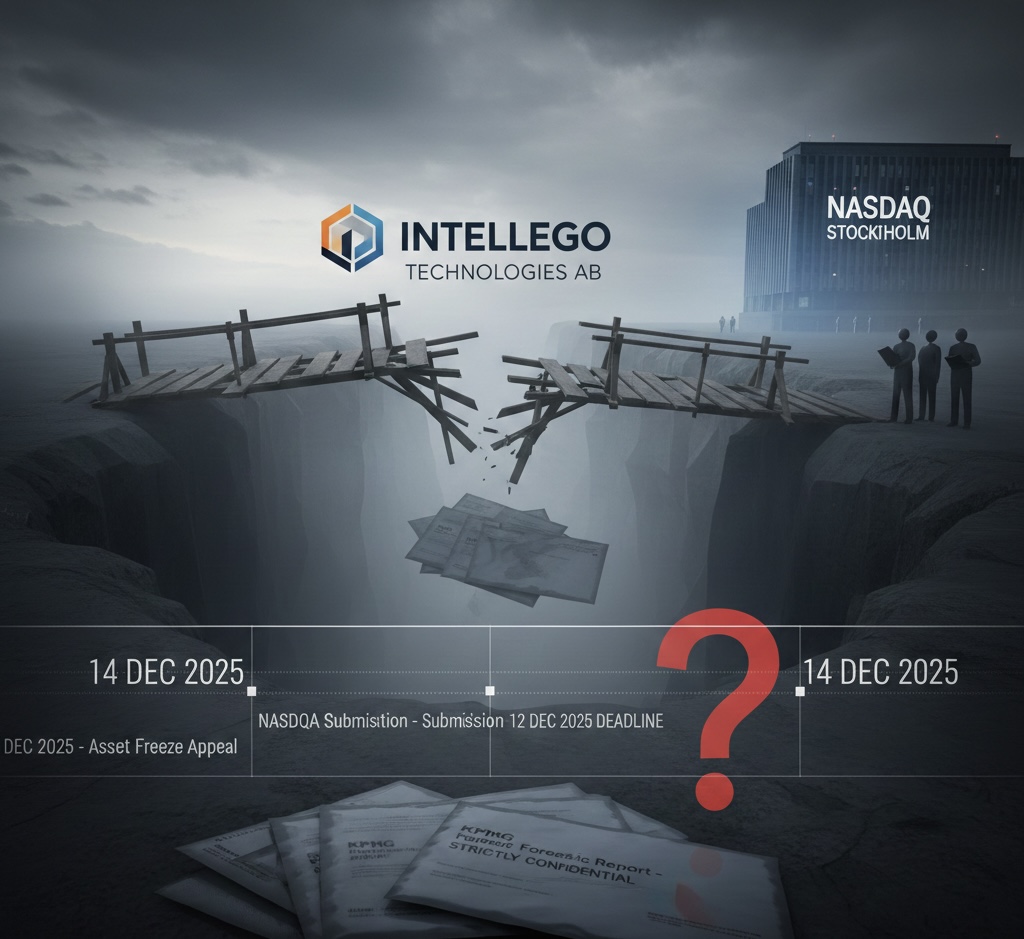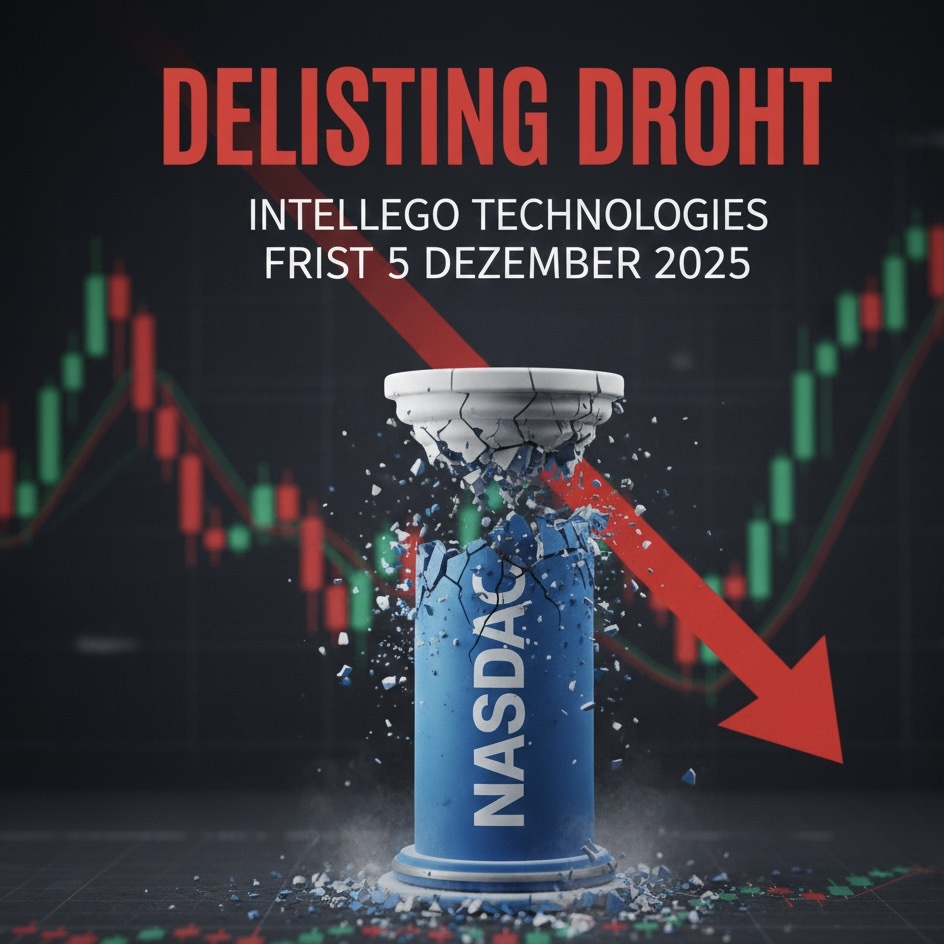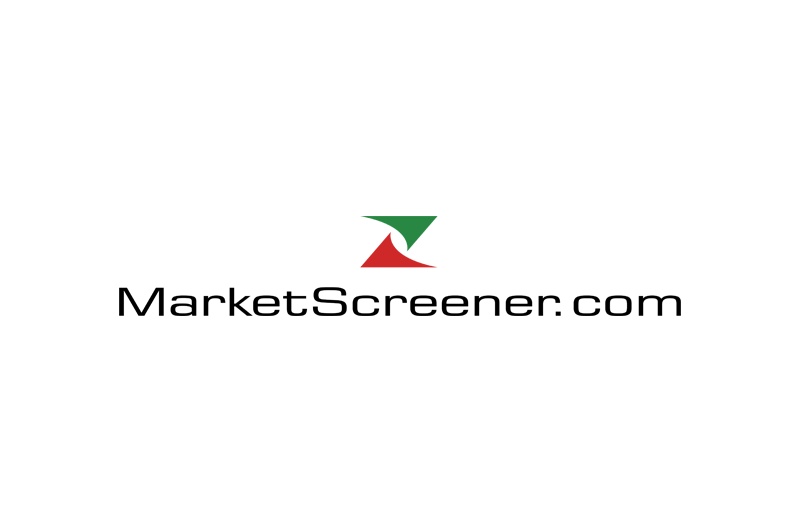First of all, I would like to thank everyone who took the time to read through Part 1 and also the many positive reactions.
So, as promised, here is Part 2! Of course, it's already getting a bit more detailed. First of all, the conditions under which this project is running, as not everyone will have read all the previous posts. Those who already know can skip this section.
There are many people who have already raised this amount and many more. My challenge is that I want to achieve the whole thing in 10 years and without making any major deposits. This requires a net return of around 45% p.a. An almost unbelievable return, which would mean a significant outperformance of the market and a considerably higher risk. From this you can conclude that the saying: a burnt child shuns fire does not really apply to me in terms of risk.
Since some people are also interested in the mindset with which you approach such a project, I have to say that my own story described in Part 1 also helps me. If you have lived with debts in the millions, €3,000 is a fly in the ointment. I have no pressure to make this project a success. If I end up with 65, 75 or 80 TE, that's fine too. Even a total loss of the stake, which won't happen now unless there is a total loss of value due to war, etc., won't kill me. Total losses of individual trades are just as much a part of it as 100% and more.
Nevertheless, I am very consistent in my management with regard to maximizing returns, which often leads to quick sales and I don't give the value enough time to develop. In addition, my approach is very different from some other very successful investors here, such as @Tenbagger2024 who invests a lot of time in finding great companies for himself and the community, analyzing them (thank you very much for that), but then often waits for his analysis to be confirmed and the value then simply runs away from him too quickly, or @Epi the most analytical person I know, who checks everything three times, does backtests and then does great things like 3xGTAA as a wiki. @Liebesspieler who can analyze all the key figures and knows exactly what they mean and how to assign them. @EpsEra who puts a lot of work into very elaborate analyses to perfectly analyze entire areas with all the companies that are active there. And also @TomTurboInvest the chart technology fan. Many thanks to you and everyone else I have not mentioned by name for all the work you put in to bring added value to the community. Special thanks also go to those who have dared to write a post or an analysis for the first time in recent weeks and months. I now have over 2,600 members following me here, but very few of them dare to actively contribute something themselves. I can only say again and again, have the courage!
What do I do differently? I react faster, I often act intuitively. I don't analyze every last key figure. When I find an interesting company that I believe can achieve my high requirements of at least 5% price performance per month, I go for it. I don't wait for any confirmations, whether technical or numerical. As a result, I often pick up percentages that others leave behind. This often works, as was recently the case with $ONDS (-3,54%) ( first entry at 3.45$) or also at $GPCR but can of course also go wrong, as with $INT . That's part and parcel of betting primarily on small caps. For me, only the odds count. I don't have the ambition to find tenbaggers and hold the shares for so long. I prefer to take 200% or, as with $IREN (-0,34%) times 450%. I reinvest the money in other stocks and get back in when the time is right.
If I am wrong and the trend is going in the wrong direction right from the start, the stocks are quickly sold again. Sometimes too early, of course, and the boom comes later.
So what must the development be like and what has been achieved so far?
Start 01.04.2023 3.000€
Calculated target:
31.03.2024 = € 4,350 Real status € 5,200 Performance year 1 approx. 73%
Since GQ does not import historical data except for TR, you have to believe it or not.
31.12.2024 = € 5,355 Real value € 9,200
Best months in 2024: January, October and February
Worst months in 2024: December, July and April
Overall, I had a ratio of 7 months with a positive result and 5 with a negative result. This is another good example of how risk management works, as the positive months were naturally much more positive than the negative ones. So, as the old saying goes, the trick is to let profits run and hedge, and limit losses.
Calculated target 31.12.2025= 8435,--€
Target multibagger 31.12.2025 = € 13,340
You can see the result in Deep Dive Part 3! When the year is really over. Since this was the first year where I was at GQ and tracked all depots, there will also be screenshots and proven figures.
So that's it for part 2! Part 3 will follow at the end of the year with the conclusion of 2025! Wishing everyone a happy 4th Advent.
Feel free to ask questions in between and I look forward to every reaction and comment













